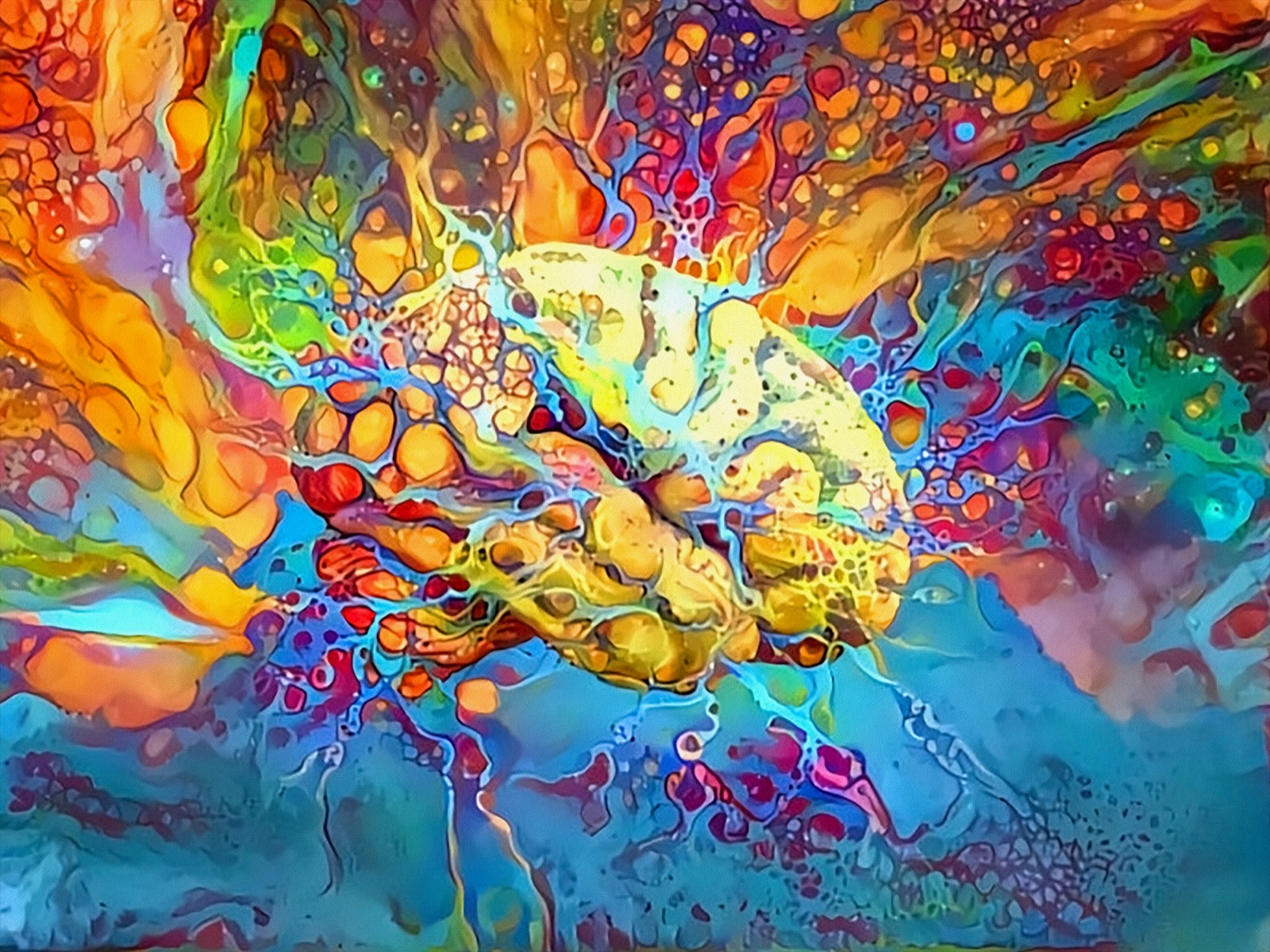How Trump Art Mirrors Modern Political Satire in the Painting World
How Trump Art Mirrors Modern Political Satire in the Painting World
Blog Article
Diving Into the Diverse Globe of Artistic Expression: From Surrealism to Abstract Realistic Look
In the realm of creative expression, from the dreamlike landscapes of surrealism to the intricate play of light and kind in abstract realistic look, artists have constantly pressed the boundaries of imagination and creativity. Each motion holds a special lens whereby the globe is watched and analyzed, providing a peek right into the midsts of human feeling, assumption, and assumed. As we discover the complex world of art, we are provided with a tapestry of designs, methods, and ideologies that test our understanding and provoke consideration. The trip with these diverse types of artistic expression promises to unwind an abundant tapestry of visual storytelling and intellectual query that astounds the mind and stirs the heart.
Surrealism: Unleashing the Subconscious
Surrealism, a progressive creative movement of the 20th century, dived right into the depths of the subconscious, revealing a globe of dream-like images and non-traditional associations. Led by musicians like Salvador Dali, René Magritte, and Joan Miró, Surrealism sought to test the standard means of comprehending and seeing art. Via strategies such as automatism and dream evaluation, Surrealist artists intended to use the unconscious mind to disclose concealed facts and desires.
One of the key components of Surrealism was the focus on the irrational and the remarkable. By incorporating unexpected aspects in their jobs, Surrealist musicians aimed to create a sense of disorientation and shock in the customer. This interruption of logic and reason was meant to provoke a much deeper expedition of the subconscious and the secrets of the human mind.
Abstract Realistic Look: Redefining Assumption
Testing standard creative boundaries, Abstract Realistic look redefines assumption via the blend of identifiable aspects with abstract forms. This cutting-edge technique to art incorporates the representational accuracy of realistic look with the creative liberty of abstraction, using visitors a distinct aesthetic experience that prompts them to question their perception of truth.
In Abstract Realistic look, artists make every effort to capture the essence of their subjects while additionally infusing their deal with a feeling of depth and intricacy with abstract components. By mixing the accustomed to the strange, these musicians welcome audiences to engage with their items on multiple levels, urging them to explore the subtleties of shade, appearance, and kind.

Cubism: Fragmentising Fact
Making use of geometric kinds and fragmented point of views, Cubism revolutionized the creative representation of fact in the very early 20th century. This strategy not just deconstructed truth but also stressed the monotony of the canvas, paving the way for future abstract art activities.

Cubism can be classified into 2 main stages: Analytical Cubism, defined by monochromatic color design and complex, fragmented types; and Synthetic Cubism, which included collection components and brighter colors right into the structures. With these unique phases, Cubism affected not only paint but also design, sculpture, and style. trump art. Its influence resounded across the art globe, inspiring artists to explore new ways of representing the world and translating around them
Expressionism: Emotions on Canvas
Exploring the depths of human feelings via meaningful and brilliant brushstrokes, Expressionism became a profound imaginative motion in the early 20th century. Unlike previous art motions that concentrated on illustrating the outside world, Expressionism dove into the internal world of the artist's subconscious, aiming to stimulate raw feelings and prompt natural responses from viewers.
Expressionist musicians, such as Edvard Munch, Egon Schiele, and Emil Nolde, turned down traditional concepts of elegance and realism for misshaping form and color to communicate subjective sensations. Making use of overstated brushwork, vibrant colors, and altered numbers assisted produce a feeling of anxiousness, alienation, or interest in their works.
Among one of the most renowned examples of Expressionism is Munch's "The Scream," which catches the extreme anxiety and anguish of contemporary life through its swirling, altered number against a blood-red skies. Through their mentally billed works, Expressionist artists sought to test standard artistic norms and give a imp source home window right into the unstable depths of the human spirit.
Contemporary Art: Progressing Viewpoints
Among the defining attributes of contemporary art is its consistent evolution and ability to adjust to transforming cultural landscapes. Musicians are increasingly incorporating modern technology right into their technique, obscuring the lines in between the electronic and physical worlds. This combination of mediums enables for innovative ways of storytelling and engaging with target markets in a much more interactive way.
Moreover, contemporary art typically offers as a platform for social discourse, attending to pressing concerns such as identification, politics, and the setting. Musicians are utilizing their work to spark essential conversations and prompt idea, shedding light on the complexities of the world we live in. As viewpoints continue to progress, contemporary art continues to be a vibrant and influential pressure in forming our social landscape.
Conclusion
Finally, the globe of creative expression includes a variety of movements and styles, each with its own one-of-a-kind strategy to communicating definition and emotion. From surrealism's expedition of the subconscious to abstract realistic look's redefining of perception, and from cubism's fragmentation of reality to expressionism's representation of emotions, art remains to progress and test viewpoints - trump art. Contemporary art shows the ever-changing globe we stay in, providing blog new ways to translate and understand the complexities of our reality
As we explore the multifaceted globe of art, we are offered with a tapestry of styles, methods, and philosophies that challenge our understanding and prompt reflection. Its influence resounded throughout the art globe, motivating musicians to explore new means of analyzing and standing for the world around them.

Report this page